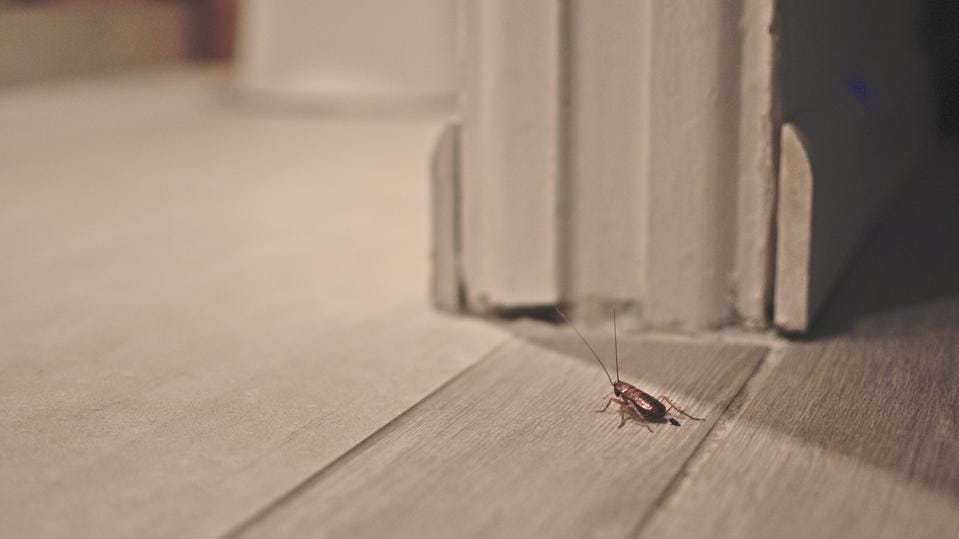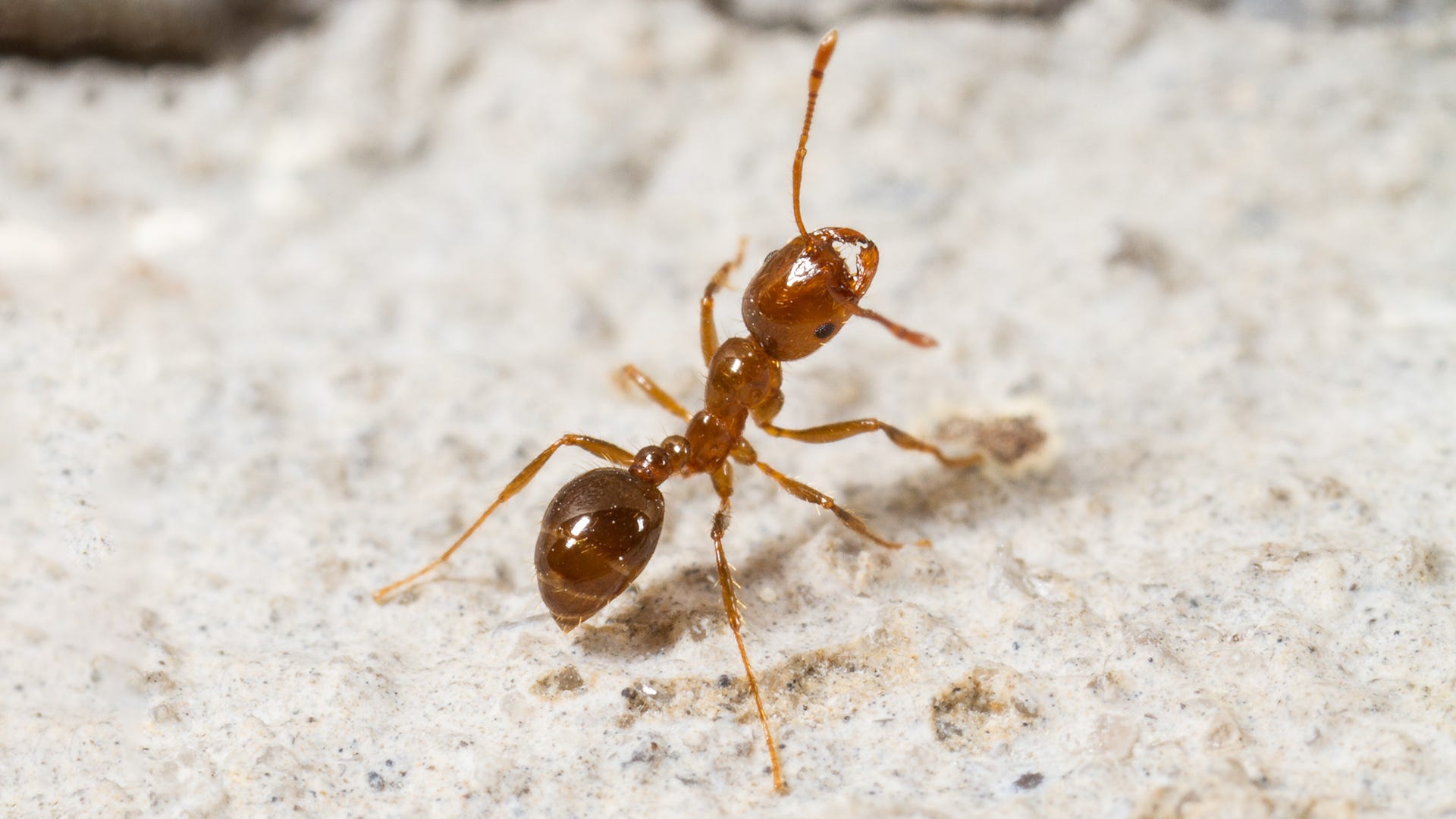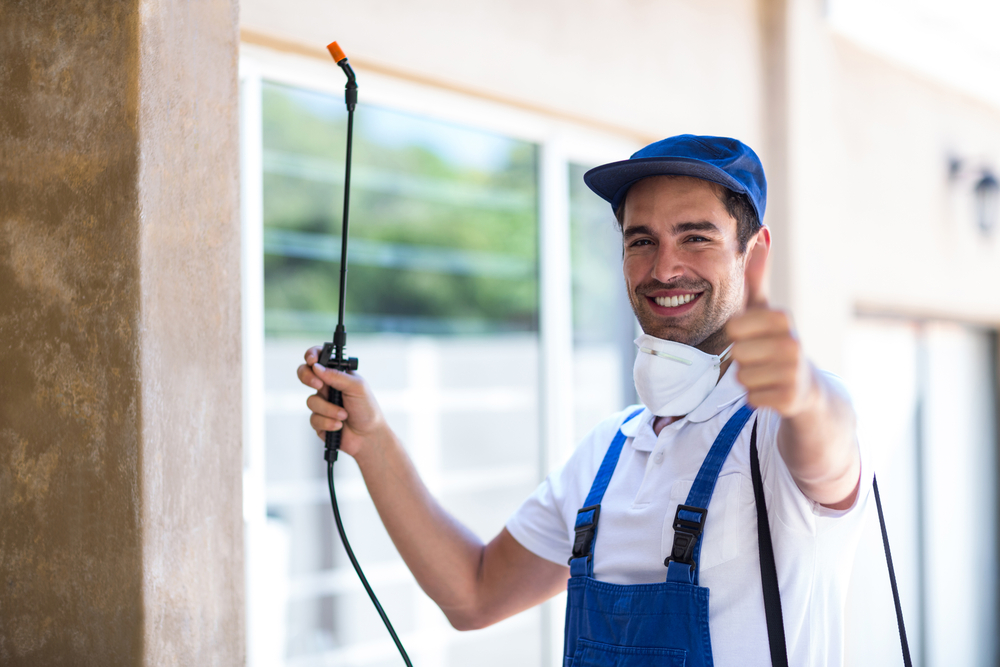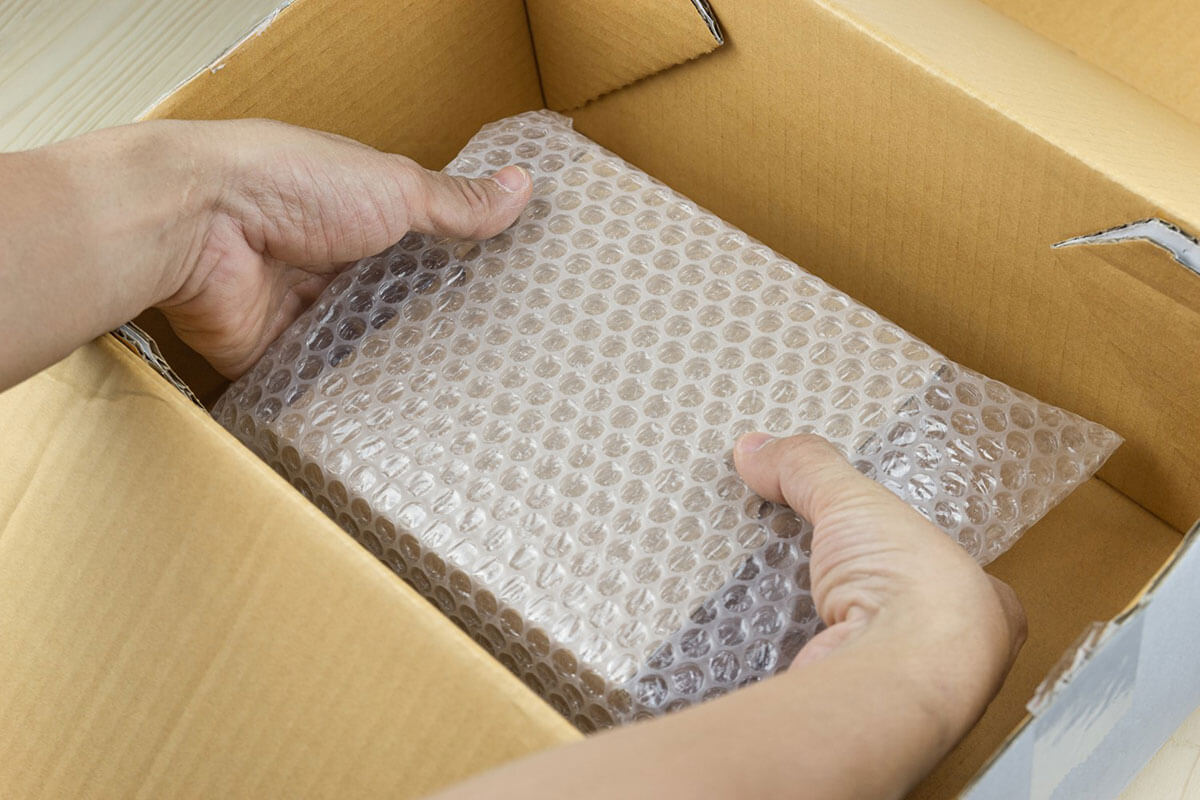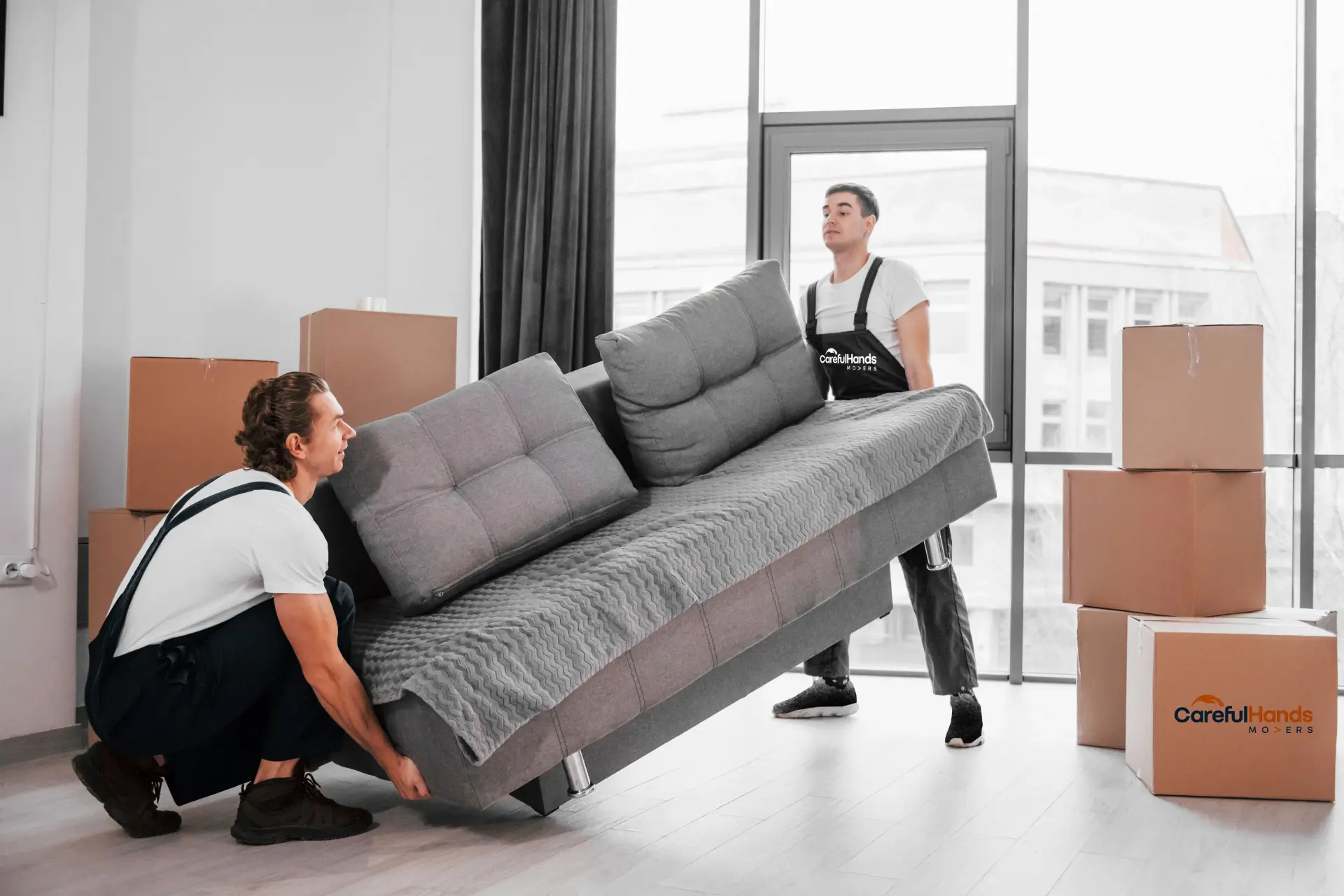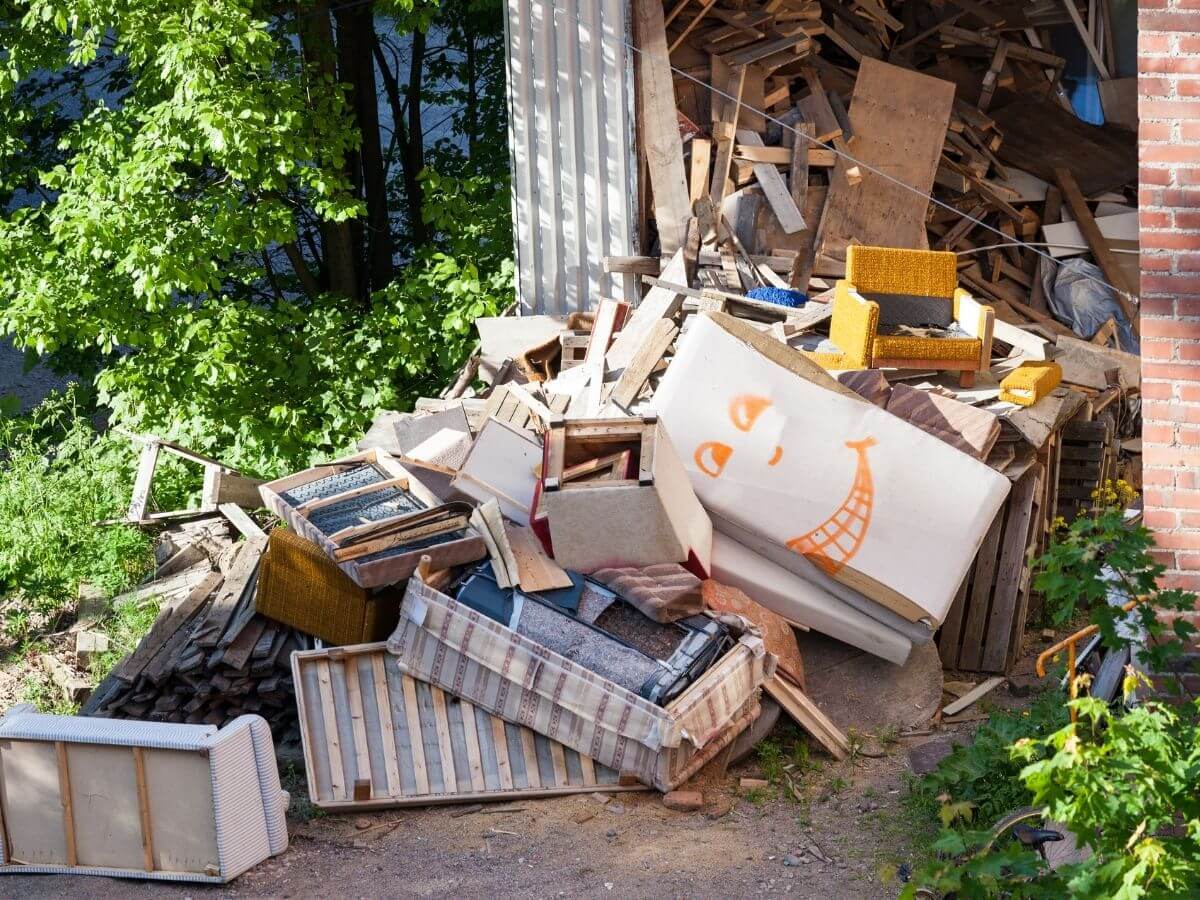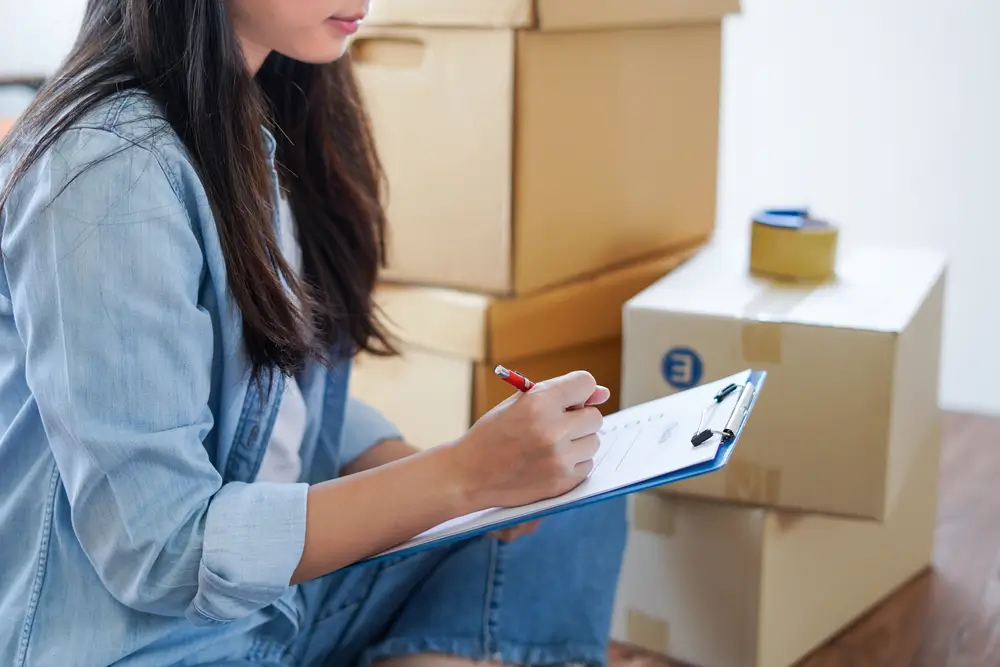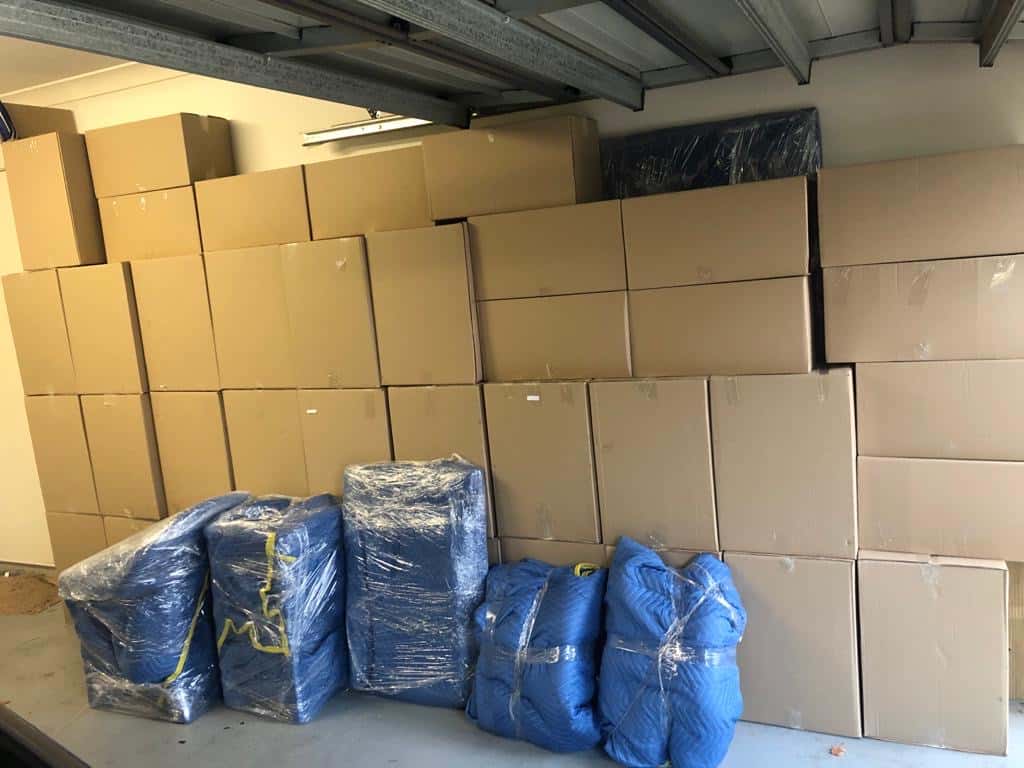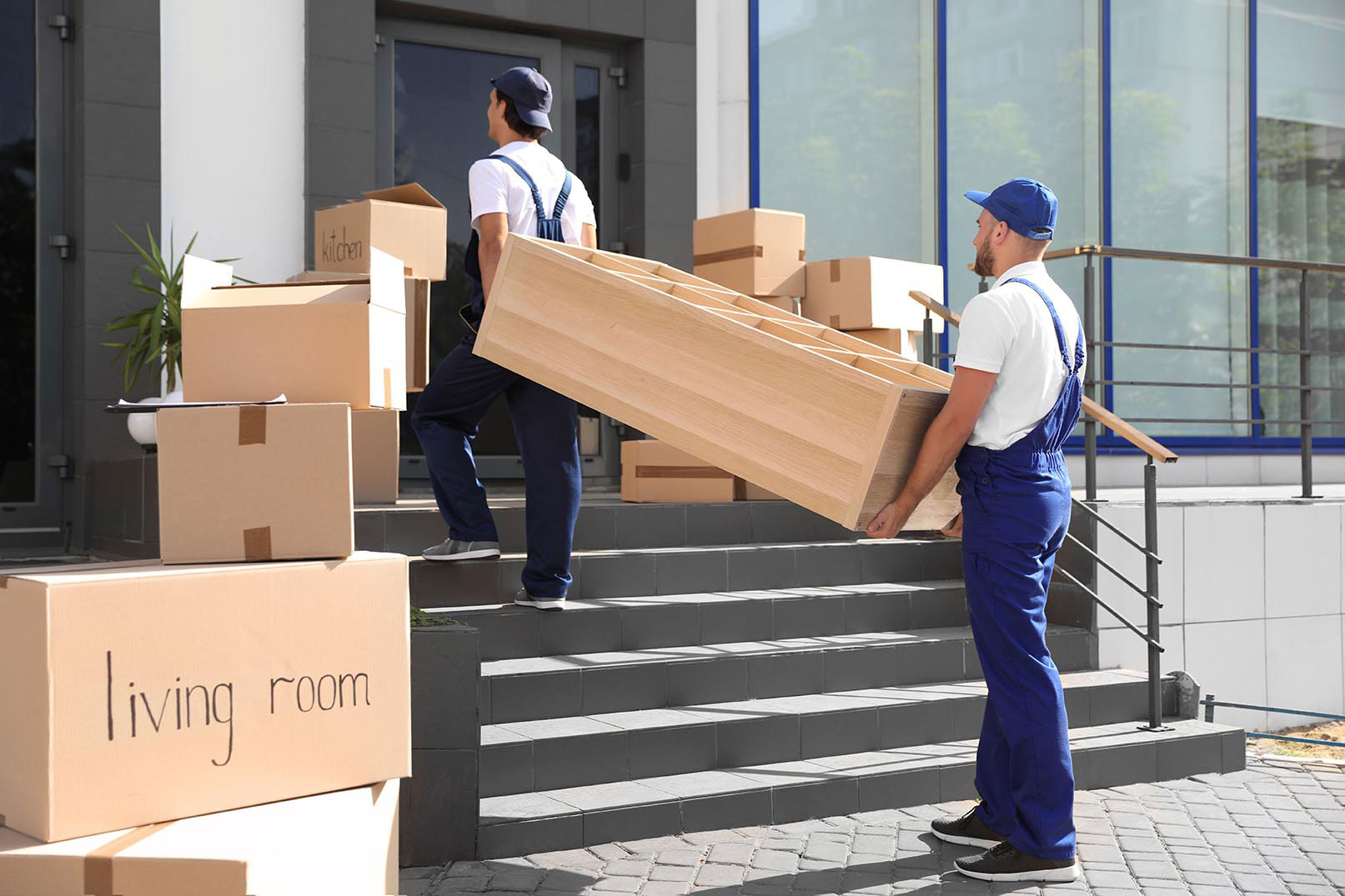Home Maintenance and Pest Control Checklist Before Moving
Moving house is no mean feat. With so much to consider and organise, it’s easy to forget the most important tasks of all – home maintenance and pest control.
The last thing you want is to move into a house with an existing pest problem. To ensure this doesn’t happen, it’s best to carry out a thorough pest control check before signing the lease.
No one wants to live in a home overrun by pests, but unfortunately, it’s not always easy to tell whether or not you have an infestation until it’s too late. That’s why it’s important to put together a home pest control plan before moving into a new house – and to stick to that plan once you’re settled in.
Besudes spring cleaning and deep cleaning the heating system, air vents, water heater, air conditioner filters, smoke detectors, and other places which may have been overlooked by the previous owners of your new house, it is important to inspect for pests before you move in and find out what pest-control measures are already being taken. This will help to prevent future infestations and keep your home safe.
When inspecting the property, it is important to check all interior spaces, including closets, cupboards, under furniture, and other places where pests may hide. Also, check the home’s exterior for signs of activity, such as droppings or mud tubes. This should be one of the top things in your home maintenance checklist.
You should also inspect windows and doors to ensure they are sealed properly so that pests cannot enter. Ensure any cracks or holes in exterior walls are repaired and caulked. Additionally, be aware of possible entry points around pipes and utility lines. The heating systems and cooling systems should also be checked when you call for pest control services.
It is also important to review the existing pest-control measures that are in place, such as:
– Regularly scheduled visits from a professional pest control provider.
– Inspection traps such as sticky boards or snap traps around windows, doors and other entry points.
– The use of insecticides around the home.
Once you have reviewed the existing pest control measures, creating a plan for ongoing maintenance and prevention is important. This can include:
– Regularly inspecting windows and doors for signs of activity or damage.
– Cleaning up food messes quickly and properly disposing of waste.
– Sealing cracks and holes around windows, doors and exterior walls.
– Ensuring garbage cans are tightly sealed and not overfilled.
– Keeping trees and shrubs properly trimmed away from home.
– Regularly scheduling professional pest control treatments to keep your home pest free.
By following this checklist before you move into a new home, you’ll be assured knowing that your new home is pest-free. With regular maintenance and preventive measures, you can keep it that way.
What Are The Most Common Household Pests You Should Be Wary Of?
When moving into an older house, or even a new property that has been vacated for years, you should be aware of the common pests that can reside in homes. These are typically bugs, rodents and other vermin that can make a home unlivable if they become too crowded.
The most common household pests are ants, cockroaches, mice and rats.
Ants
Ants can be found in any home but often come from outside. They can get inside through cracks, holes and other openings in the walls or floors. Once inside, they will look for food sources and start nesting.
What damage do they do?
Ants can cause damage by eating or spoiling food, chewing through electrical wiring and leaving behind their dirt. They can also spread diseases like salmonella.
What damage do they do?
You can eliminate ants by sealing all cracks and openings, using ant baits or traps, and keeping food sealed.
What damage do they do?
Ants can cause damage by eating or spoiling food, chewing through electrical wiring and leaving behind their dirt. They can also spread diseases like salmonella.
What damage do they do?
You can eliminate ants by sealing all cracks and openings, using ant baits or traps, and keeping food sealed.
Cockroaches
Cockroaches are another common household pest that can be a nuisance if left unchecked. They are attracted to humid conditions, so they typically hide in dark and moist areas like under sinks or behind appliances.
What damage do they do?
Cockroaches can spread diseases, cause allergies and asthma attacks and contaminate food. If there is a large infestation, it can also create an unpleasant odour.
What can you do to get rid of them?
Cleaning is the best way to prevent cockroach infestations, as they feed on scraps and other organic matter. You can use traps, baits and insecticides to get rid of them, but it’s important to follow the instructions carefully.
Mice
Mice are common pests in homes, and they can cause extensive damage if they are left unchecked. They can eat through insulation, chew on furniture and spread droppings all over the house.
What damage do they do?
Mice can spread diseases like Hantavirus and cause damage to furniture, insulation and wiring. They can also contaminate food sources by leaving their droppings.
What can you do to get rid of them?
The best way to get rid of mice is to use traps, baits and preventative measures like sealing all openings in the house. It’s also important to identify any food sources that may attract them.
Rats
Rats are larger than mice and can cause even more damage if they get inside your home. They can chew through electrical wires, contaminate food sources and spread diseases.
What damage do they do?
Rats can cause extensive damage and spread serious diseases. They can also contaminate food sources, chew through furniture and electrical wiring, and leave droppings all over the house.
What can you do to get rid of them?
The best way to get rid of rats is with traps, baits and preventative measures like sealing all openings in the house. It’s also important to identify any food sources that may attract them. If you have a large infestation, it’s best to contact a pest control professional for help.
Termites
Termites can cause extensive damage to furniture and wooden structures in homes. They feed on wood, paper and other materials and can quickly spread through an entire house if left unchecked.
What damage do they do?
Termites can cause structural damage to a home’s walls, floors and furniture, as well as contaminate food sources with their droppings.
What can you do to get rid of them?
The best way to get rid of termites is with prevention measures like sealing all openings and cracks, using baits and traps, or using insecticides. If you have a large infestation, it’s best to contact a pest control professional for help.
Fleas and Ticks
If you have pets, you’re likely familiar with fleas and ticks. These small parasites can be easily transferred to your home from your pet and cause itchy bites.
What damage do they do?
Fleas and ticks can cause skin irritation, spread diseases, contaminate food sources and infest furniture or carpets.
What can you do to get rid of them?
The best way to get rid of fleas and ticks is to use preventative measures like vacuuming regularly and treating your pet with a flea or tick medication. You can also use insecticides and baits, but following the instructions carefully is important.
Bed Bugs
Bed bugs are small insects that feed on the blood of humans and animals. They can be difficult to eliminate as they are attracted to warm and humid areas like beds and mattresses.
What damage do they do?
Bed bugs can cause skin irritation, spread diseases, contaminate food sources and infest furniture or carpets.
What can you do to get rid of them?
Preventative measures like vacuuming regularly, washing all bedding and clothes in hot water, and using insecticides is the best way to get rid of bed bugs. If you have a large infestation, it’s best to contact a pest control professional for help.
Mosquitos
Mosquitos are pesky insects that can spread diseases like West Nile Virus and Zika. They usually breed in standing water, which means they can be found near ponds, lakes and other water sources. If the house you’re moving into has a fountain, pond, or water features, it’s important to check for mosquitoes.
What damage do they do?
Mosquitos can spread diseases and contaminate food sources with their droppings. They can also be a nuisance, as their buzzing noise can be very annoying.
What can you do to get rid of them?
The best way to get rid of mosquitoes is to eliminate their breeding grounds. This means draining any standing water near the house and using repellents or insecticides when necessary. If you have a large infestation, it’s best to contact a pest control professional for help.
Arrange for Pest Control Treatment Before You Move
While your efficient team of removalists can pack and move your furniture, they are not professionals in pest control. It is highly recommended that you arrange for a professional pest controller to inspect your home before moving. A pest control specialist can check if the property requires any treatments, such as spraying for cockroaches, ants or termites.
If there are any signs of infestation, the pest controller can identify and treat the problem before you move in. This will protect your new home from any potential damage caused by pests and keep it free of the danger posed by these creatures.
The cost of a pest control inspection is minimal compared to the potential risk of moving into an infested property. It is important to remember that prevention is always better than cure when it comes to pest control. Therefore, take the necessary steps before you move in and arrange for a reliable pest controller to inspect your new home.
When you do so, make sure to obtain a detailed report of the inspection’s findings and ask about any treatments or preventive steps that may be necessary for both indoors and outdoor areas. This way, you can ensure your new home is safe and secure before you move in and free of any potential pest infestations which may cause respiratory problems and health and safety risks.
Conclusion
By following this home maintenance and pest control checklist before moving, you can ensure that your new home is free from pests and other potential problems. You have to be extra watchful because these things are not easily visible to the untrained eye. Always thoroughly inspect the house for any signs of infestation, use preventative measures when possible, and contact a pest control professional if needed. This will help you keep your new home safe and healthy for years.
Moving Tips and Tricks
Discover efficient packing strategies, organisation hacks, and expert advice to streamline your moving process and ensure a smooth transition.

Getting Rid of the Paint Smell in a New House
At last, the long wait is over! Planning and construction are complete, and the new house is finally yours. Of course, you plan to move in as soon as possible, but the paint smell is one big problem.
View ArticleOur Removalist Services
- Removalists Sydney
- Removalists Melbourne
- Removalists Melbourne to Sydney
- Removalists Sydney to Melbourne
- Removalists Melbourne to Adelaide
- Removalists Adelaide to Melbourne
- Removalists Melbourne to Canberra
- Removalists Canberra to Melbourne
- Removalists Melbourne to Brisbane
- Removalists Brisbane to Melbourne

